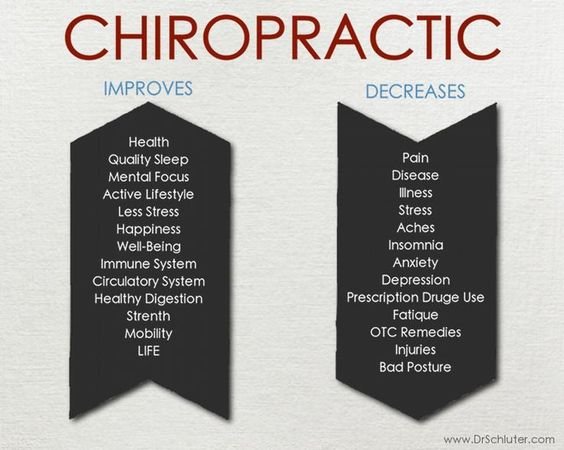The Impact Of Position On Back Pain: Standards For Maintaining Great Alignment Throughout Your Everyday Regular
The Impact Of Position On Back Pain: Standards For Maintaining Great Alignment Throughout Your Everyday Regular
Blog Article
Writer-McKinley Bennett
Keeping proper pose isn't nearly staying up directly; it has to do with aligning your body in such a way that sustains your spine and minimizes the risk of pain in the back. The way you rest, stand, and move throughout the day can considerably impact your spine wellness. However how exactly can you make certain great alignment regularly, also during hectic days full of various activities? Let's dig deeper into the refined yet impactful modifications you can make to your day-to-day regimen to keep your back happy and healthy and balanced.
Significance of Correct Position
Correct posture is critical in preserving a healthy and balanced back and avoiding discomfort. When you sit or stand with good posture, your spine is in placement, lowering strain on your muscular tissues, ligaments, and joints. This positioning enables the body to disperse weight equally, avoiding extreme stress and anxiety on specific areas that can bring about pain and pain. By keeping your spine appropriately lined up, you can likewise boost your breathing and digestion, as slouching can compress organs and restrict their performance.
Additionally, maintaining excellent position can improve your overall look and self-confidence. When you stand tall with your shoulders back and head held high, you exude self-confidence and appear even more approachable. Great pose can likewise make you really feel extra invigorated and alert, as it promotes correct blood circulation and allows your muscles to work effectively.
Incorporating appropriate posture into your everyday routine, whether resting at a workdesk, walking, or exercising, is important for avoiding back pain and advertising total well-being. Remember, Discover More Here in exactly how you hold on your own can make a substantial difference in just how you really feel and work throughout the day.
Common Postural Mistakes
When it comes to preserving excellent posture, several people unknowingly make typical mistakes that can contribute to back pain and pain. Among the most widespread errors is slumping over or hunching over while sitting or standing. This placement puts too much stress on the spinal column and can result in muscle mass discrepancies and discomfort in the future.
An additional typical error is overarching the reduced back, which can flatten the all-natural contour of the spine and trigger pain. Furthermore, crossing legs while sitting might really feel comfortable, but it can create a discrepancy in the hips and pelvis, causing postural concerns.
Making use of a cushion that's as well soft or also solid while resting can also affect your positioning and contribute to pain in the back. Lastly, continuously craning your neck to consider displays or adjusting your placement often can strain the neck and shoulders. Bearing in mind these typical postural blunders can aid you keep better positioning and minimize the danger of back pain.
Tips for Correcting Placement
To improve your positioning and lower neck and back pain, it's essential to focus on making small adjustments throughout your daily regimen. Begin by being mindful of your pose. When resting, ensure your feet are level on the flooring, your back is straight, and your shoulders are relaxed. Avoid slouching or leaning to gua sha practitioners . Usage ergonomic chairs or cushions to support your reduced back.
When standing, disperse your weight uniformly on both feet, keep your knees a little curved, and embed your hips. Engage simply click the following post to sustain your spinal column. Take breaks to stretch and walk if you have a less active task. Incorporate workouts that strengthen your core and back muscular tissues, such as planks or bridges.
While sleeping, make use of a cushion that sustains the all-natural curve of your neck to keep appropriate spine alignment. Avoid sleeping on your stomach, as it can stress your neck and back. By bearing in mind these pointers and making small modifications, you can slowly correct your placement and alleviate pain in the back.
Final thought
Bear in mind, preserving excellent pose is key to preventing neck and back pain and promoting spine health and wellness. By being mindful of your positioning, distributing weight uniformly, and involving your core muscle mass, you can lower stress on your back and reduce the threat of pain and injury. Incorporate ergonomic assistance, take regular breaks to extend, and enhance your core and back muscles to keep appropriate placement throughout the day. Your back will certainly thank you for it!
